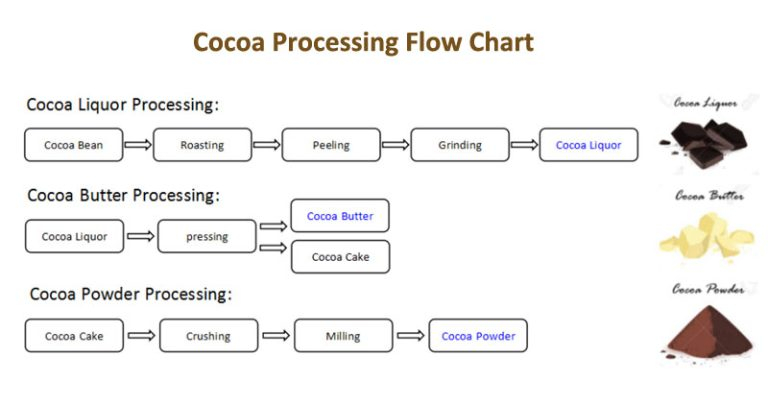Dairy farming is the first step in milk production. It involves raising cows, buffaloes, or goats to produce milk. The animals are fed a balanced diet and are regularly monitored for health and milk production. Once the animals are milked, the milk is collected and stored in tanks before being transported to processing facilities.
At the processing facility, the milk undergoes pasteurization to kill harmful bacteria and extend its shelf life. It is then homogenized to ensure a consistent texture and taste. After homogenization, the milk is separated into different products like skim milk, whole milk, and cream. These products are then packaged and distributed to grocery stores and other retailers.
Flow Chart Of Milk Production
The Packaging and Distribution Process
Once the milk products are packaged, they are distributed to various retailers and grocery stores. The packaging process involves filling containers with the milk products, sealing them, and labeling them with nutritional information and expiration dates. The packaged products are then loaded onto trucks and transported to distribution centers.
At the distribution centers, the milk products are sorted and stored before being shipped to retailers. The products are carefully monitored for quality and safety throughout the distribution process to ensure they reach consumers in the best condition. Once the products reach retailers, they are placed on shelves for consumers to purchase and enjoy.
Conclusion
The flow chart of milk production starts with dairy farming, where animals are raised and milked to produce raw milk. The raw milk is then processed, packaged, and distributed to retailers for consumers to purchase. The entire process is carefully monitored to ensure the quality and safety of the milk products. By understanding the flow chart of milk production, consumers can appreciate the journey of milk from farm to table.
